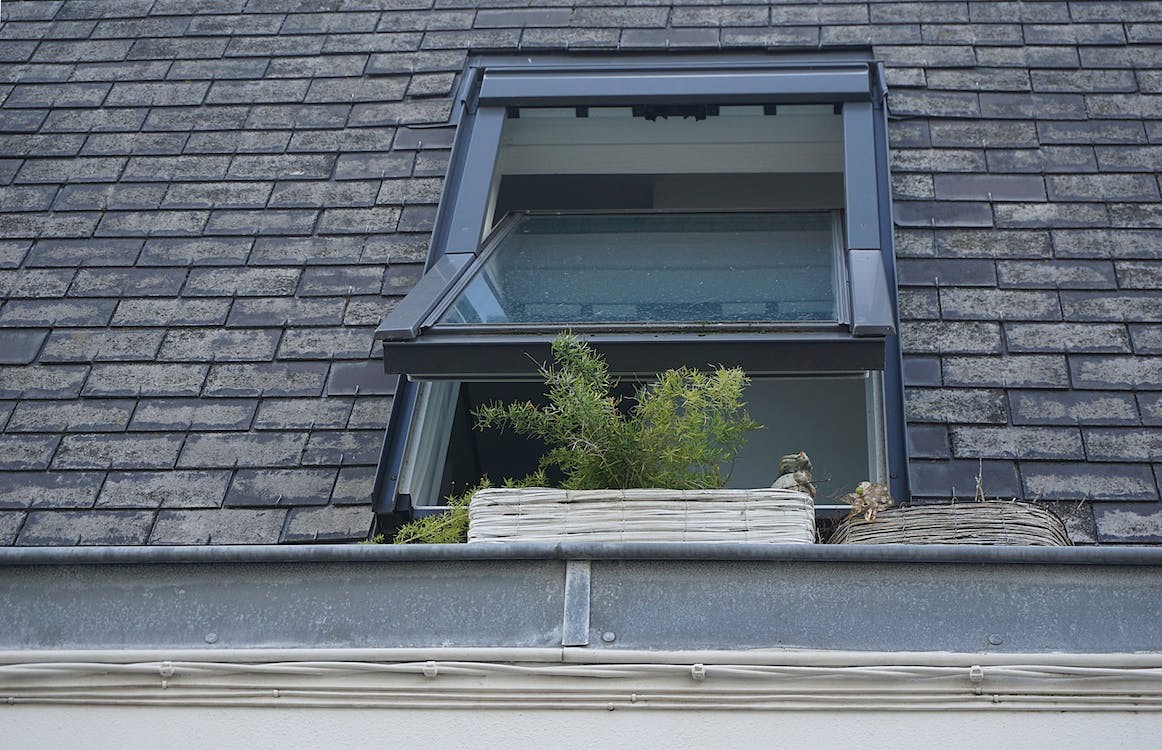Winter brings its own set of challenges for homeowners, and one area that requires special attention is the roof. Snow, ice, and freezing temperatures can take a toll on your roof’s integrity. By preparing your roof properly for the winter season, you can minimize potential damage and ensure its protection. In this blog post, we will provide valuable tips to help you get your roof ready for the winter months.
1. Inspect the Roof:
Before winter arrives, conduct a thorough inspection of your roof. Look for damaged or missing shingles, cracked flashing, or loose seals around chimneys, vents, and skylights. Address any issues you find promptly to prevent water leakage or structural damage during winter storms.
2. Clean Gutters and Downspouts:
Clear out any debris, leaves, or branches from your gutters and downspouts. Clogged gutters can cause water backup, leading to ice dams and potential roof leaks. Ensure that water can flow freely through the gutters and away from the roof to prevent water damage.
3. Trim Overhanging Tree Branches:
Trim any overhanging tree branches that could potentially pose a risk to your roof during winter storms. Heavy snow or ice accumulation on branches can cause them to break and damage the roof. Pruning the trees around your house helps prevent such hazards.
4. Reinforce Attic Insulation:
Proper attic insulation is crucial for maintaining a consistent temperature in your home and preventing ice dams. Inspect your attic insulation and add more if necessary. Good insulation helps to prevent heat from escaping through the roof, reducing the likelihood of snow melting and refreezing at the eaves.
5. Improve Attic Ventilation:
Ensure adequate attic ventilation to prevent moisture buildup. Proper airflow helps to keep the attic cool and dry, reducing the risk of condensation and ice dam formation. Check that vents are clear of obstructions and consider installing additional ventilation if needed.
6. Protect Against Ice Dams:
Ice dams occur when melted snow refreezes at the roof’s edge, causing water backup and potential leaks. Install heating cables along the eaves to melt the snow and prevent ice dams from forming. Proper insulation and ventilation, as mentioned earlier, also play a crucial role in preventing ice dams.
7. Remove Snow Safely:
After heavy snowfall, safely remove accumulated snow from your roof using a roof rake. Start from the edge and work your way up, being careful not to damage the shingles. Removing excess snow helps prevent excessive weight on the roof and reduces the risk of structural damage.
8. Consult a Professional Roofer:
If you’re unsure about any aspect of preparing your roof for winter or need assistance with repairs or maintenance, it’s wise to consult a professional roofer. They can provide expert guidance, conduct a thorough inspection, and address any issues to ensure your roof is winter-ready.
Preparing your roof for the winter season is crucial for protecting your home and avoiding potential damage. By following these tips, you can minimize the risks associated with cold weather, snow, and ice. Remember, taking proactive measures and addressing any concerns before winter arrives will help ensure that your roof withstands the challenges of the season and keeps your home safe and dry.






